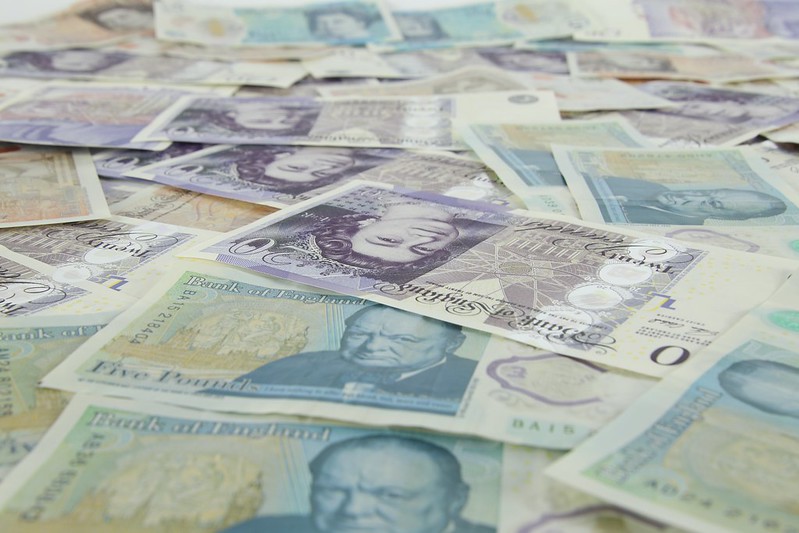
The British pound edged lower against the U.S. dollar on Tuesday, as investors remained cautious amid geopolitical tensions in the Middle East and looked ahead to two key economic events:
the UK’s inflation report due Wednesday and the Bank of England’s interest rate decision on Thursday.
Sterling slipped slightly to $1.3527 against the dollar and also weakened against the euro, trading at 85.27 pence.
In other UK-related news, U.S. President Donald Trump on Monday signed an agreement that lowers some tariffs on British imports, as the two countries continue negotiations toward a broader trade deal. The agreement maintains quotas and tariff levels on UK automobiles and eliminates tariffs on the aerospace sector, although disputes over steel and aluminium remain unresolved.
Despite the agreement, analysts remain cautious. “I don’t think the trade deal changes much — the 10% tariffs are still in place, and it only affects goods that aren’t heavily traded between the countries,” said Michael Pfister, FX analyst at Commerzbank.
So far this year, the pound has gained 8.5% against the dollar but is down 3% against the euro. Sterling has slipped about 1% since early June, despite the UK being the only nation to finalize a trade deal with the U.S.
All eyes are now on May’s UK inflation data, due Wednesday. “Inflation is expected to dip slightly to 3.4% — a small but positive sign,” said Michael Field, chief equity strategist at Morningstar. He added that inflationary pressures are likely temporary and that the trade deal could help reduce economic risks.
Markets broadly expect the BoE to keep its benchmark interest rate unchanged at 4.25% on Thursday, with forecasts pointing to two 25-basis-point cuts by year-end.




































